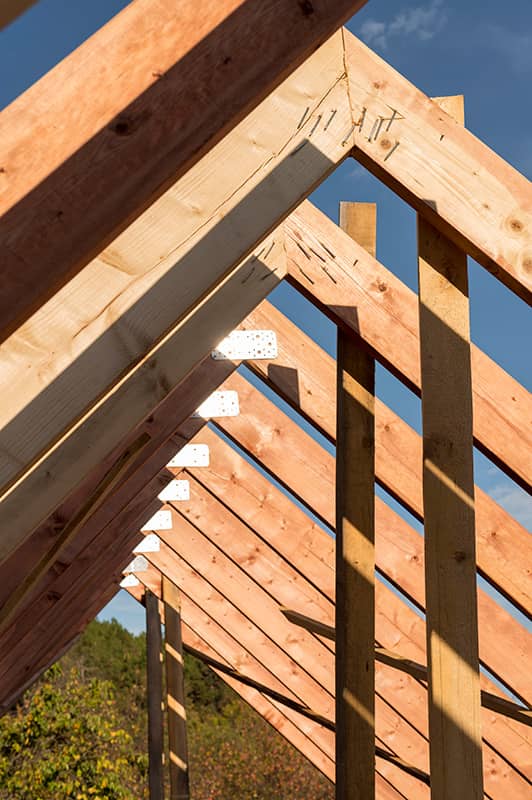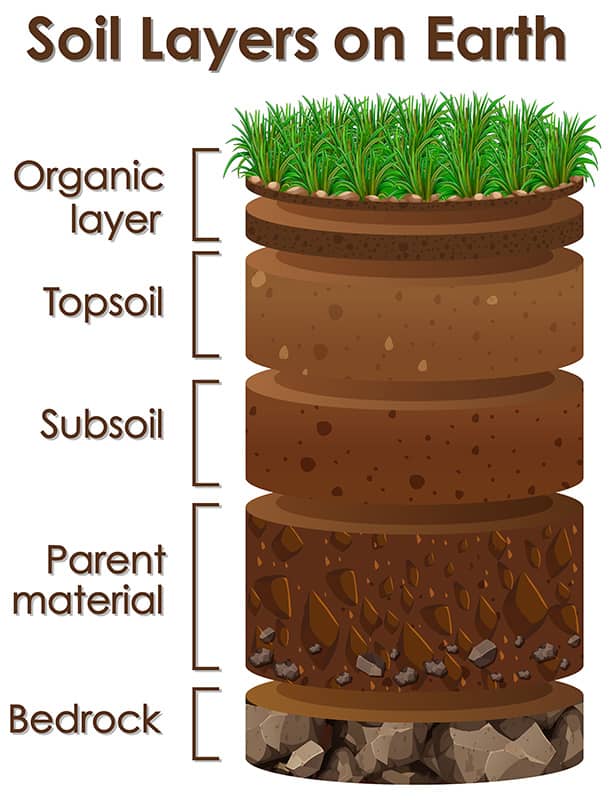Building Beyond: The Art of Framing and the Imperative of Safety
In the realm of construction, framing is the backbone of every structure, providing support, stability, and shape to buildings of all shapes and sizes. From residential homes to commercial complexes, the framing process lays the groundwork for the architectural vision to come to life. However, amidst the hustle and bustle of framing activities, safety must remain paramount. In this exploration, we delve into the intricacies of framing and underscore the importance of prioritizing safety at every stage of the construction journey.
Unveiling the Craft: The Essentials of Framing
Framing is the skeletal framework upon which buildings are constructed, encompassing the assembly of structural elements such as walls, floors, roofs, and supporting beams. It involves precise measurements, careful planning, and skilled craftsmanship to ensure structural integrity and alignment. The framing process typically begins with the erection of the building’s skeleton, followed by the installation of exterior sheathing, insulation, and interior finishes.
The Significance of Safety: Navigating Hazards in Framing
While framing lays the groundwork for architectural marvels, it is not without its hazards. The nature of framing work, which often involves heavy materials, elevated platforms, and power tools, poses inherent risks to workers’ safety. Common hazards encountered during framing include falls from heights, structural collapses, electrical accidents, and injuries from lifting and handling materials. Additionally, environmental factors such as inclement weather and unstable ground conditions can further exacerbate safety risks on construction sites.
Prioritizing Safety: A Moral and Legal Imperative
Ensuring the safety of workers during framing operations is not just a moral imperative—it’s a legal obligation. Regulatory bodies, including occupational safety agencies and building code authorities, have established stringent standards and guidelines to protect construction workers from harm. These regulations encompass various aspects of framing safety, including fall protection, structural stability, hazard communication, and personal protective equipment (PPE) requirements.
Essential Safety Practices in Framing
To mitigate the risks associated with framing activities and promote a culture of safety on construction sites, several essential practices must be observed:
Fall Protection:
Implement comprehensive fall protection measures, such as guardrails, safety nets, and personal fall arrest systems, to prevent falls from elevated work areas.
Structural Stability:
Ensure that framing components are properly braced, anchored, and secured to withstand loads and prevent collapses during construction.
Tool Safety:
Provide workers with training on the safe use and maintenance of power tools and equipment, and enforce protocols for tool inspection and storage.
Material Handling:
Establish safe lifting and handling procedures to minimize the risk of musculoskeletal injuries, such as strains and sprains, when moving heavy materials.
Training and Education:
Invest in comprehensive safety training programs for all workers involved in framing operations, covering topics such as hazard recognition, emergency procedures, and proper use of PPE.
Site Management:
Maintain a clean, organized, and hazard-free work environment, with clear pathways, signage, and barriers to delineate construction zones and prevent accidents.
The Human Cost of Safety Lapses
While safety regulations and protocols are essential, it’s crucial to remember that behind every rule and guideline lies a human life. The consequences of safety lapses in framing can be devastating, resulting in injuries, fatalities, and long-term health consequences for workers and their families. Moreover, accidents and injuries can lead to project delays, cost overruns, and reputational damage for construction companies, underscoring the interconnectedness of safety, productivity, and profitability in the construction industry.
Cultivating a Culture of Safety
Beyond compliance with regulations, fostering a culture of safety requires a collective commitment from all stakeholders in the construction process. Employers, supervisors, and workers must collaborate to identify hazards, implement controls, and communicate effectively about safety expectations. By prioritizing safety as a core value and integrating it into every aspect of framing operations, construction companies can create a work environment where every worker feels empowered to speak up, take action, and return home safely at the end of each day.
Conclusion: Building a Better Future, One Frame at a Time
Framing is more than just erecting walls and laying beams—it’s about laying the foundation for the dreams and aspirations of countless individuals and communities. As we embark on the journey of construction, let us not lose sight of the importance of safety in framing. By embracing a safety-first mindset, we can ensure that every nail driven, every board cut, and every structure erected is a testament to our unwavering commitment to the well-being and prosperity of all who contribute to the built environment. Together, let’s build a better future, one frame at a time.



